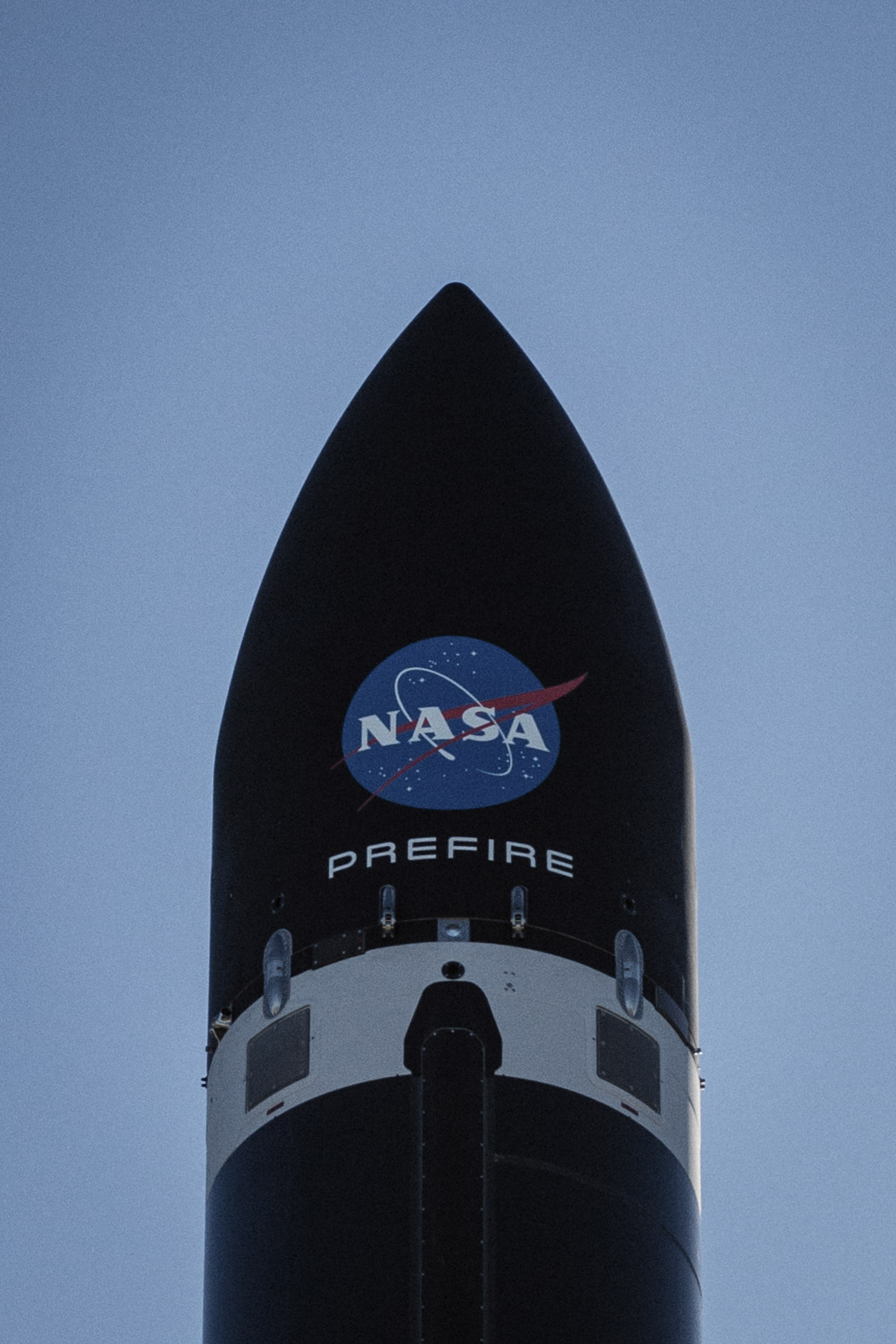
The second of two launches of NASA’s PREFIRE mission is just minutes away!
The mission team has called out “go for launch” for Rocket Lab’s PREFIRE and Ice launch and should lift off in about five minutes. The CubeSat – about the size of a bread loaf – is set to launch aboard an Electron rocket, from Launch Complex 1 at Māhia, New Zealand.
The Electron is a vertically launched, two-stage rocket around 60 feet (18 meters) tall, with an exterior made of a carbon fiber composite, that can carry payloads weighing up to about 700 pounds (320 kilograms). Each Electron rocket uses nine Rutherford sea-level engines on its first stage, a single Rutherford vacuum engine on its second stage, and uses liquid oxygen and kerosene as propellants. The Rutherford engine is the world’s first 3D-printed, electric-pump-fed rocket engine.
The kick stage is a third stage of the Electron rocket used to circularize and raise orbits to deploy payloads to unique and precise orbital destinations, powered by Rocket Lab’s Curie engine.
Previous NASA missions that launched on an Electron rocket include NASA’s Advanced Composite Solar Sail System, TROPICS (Time-Resolved Observations of Precipitation structure and storm Intensity with a Constellation of Smallsats), CAPSTONE (Cislunar Autonomous Positioning System Technology Operations and Navigation Experiment), and multiple ELaNA (Educational Launch of Nanosatellites) missions.
Some of the launch team members are located within Rocket Lab’s private range control facilities at Launch Complex 1on the North Island of New Zealand. From the launch site it is possible to reach orbital inclinations from sun-synchronous through to 30 degrees, enabling versatility for missions to low Earth orbit. NASA’s Launch Services Program team and spacecraft customer team will be on console at Rocket Lab Headquarters in Long Beach, California.

